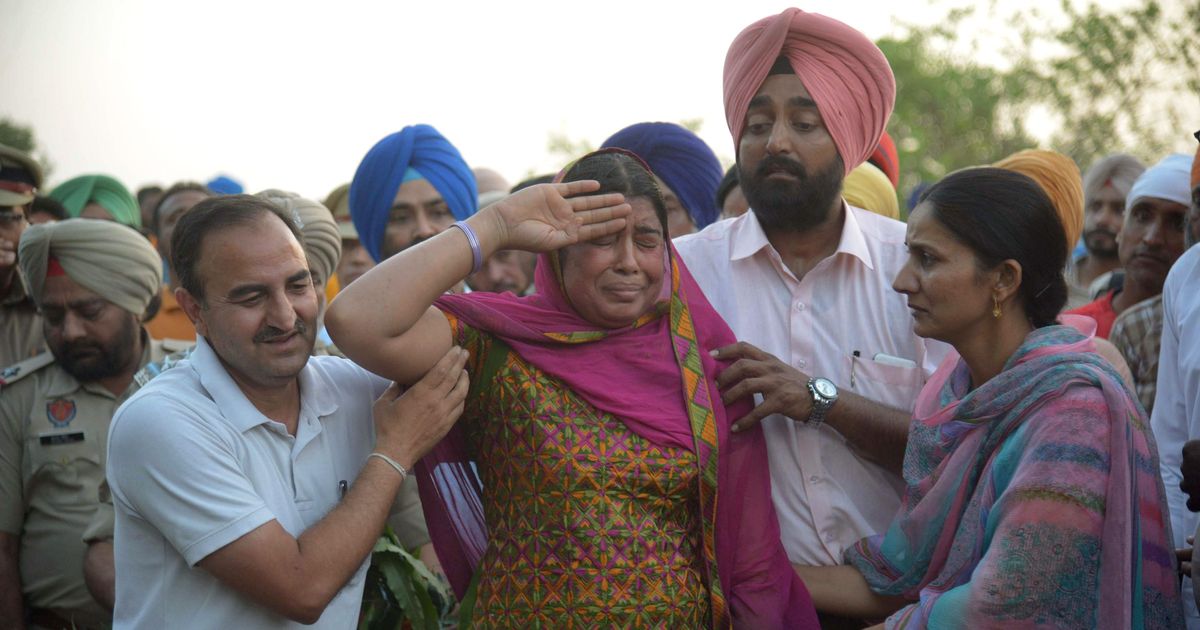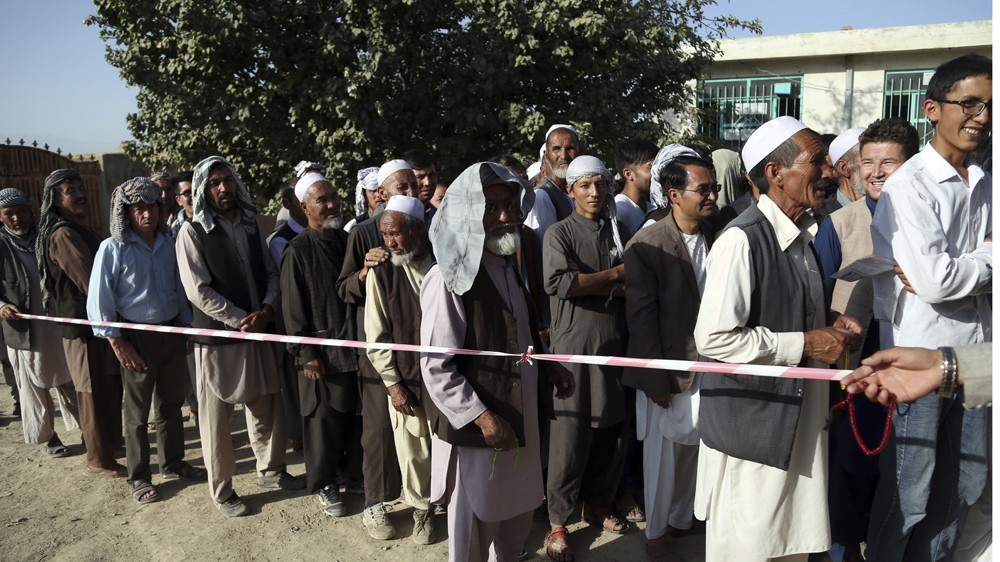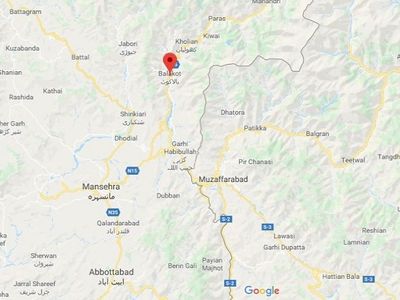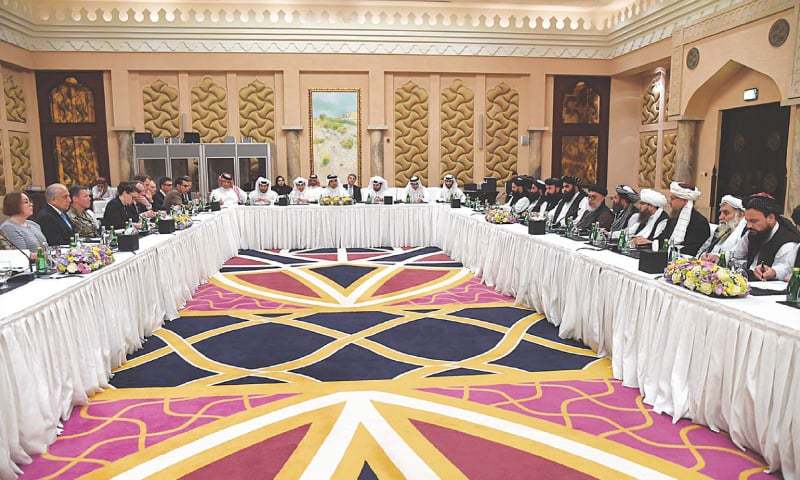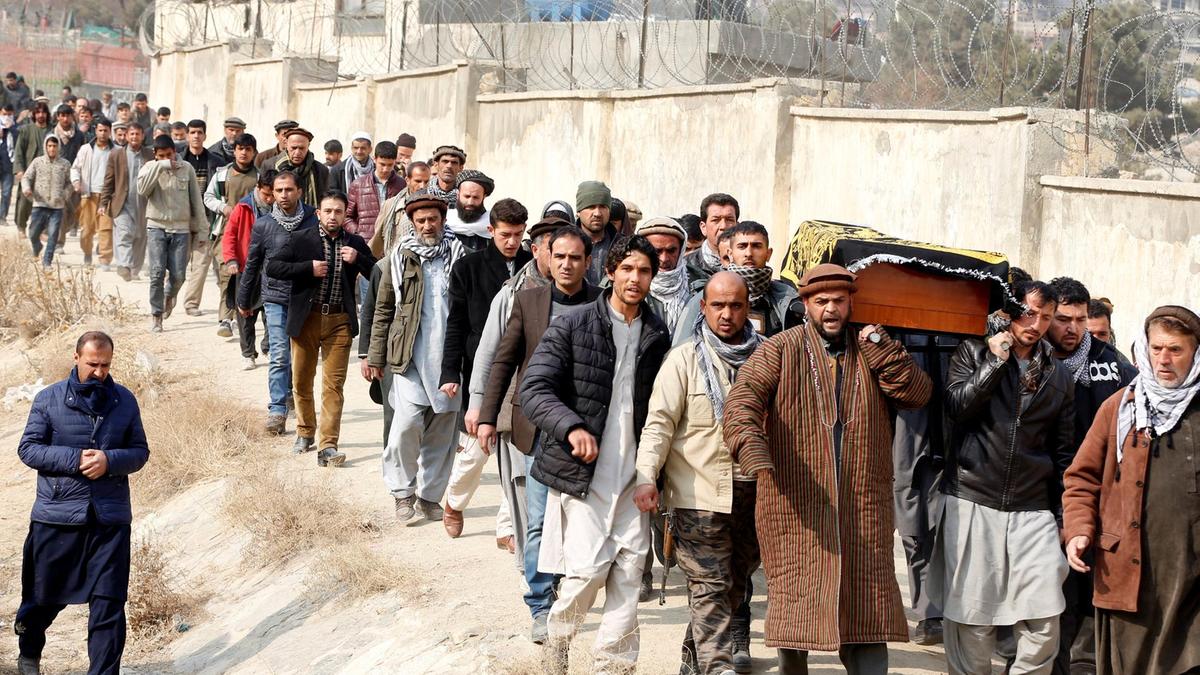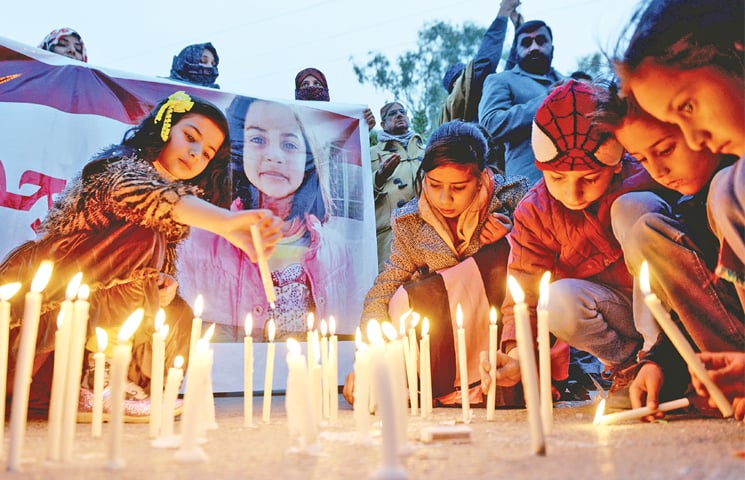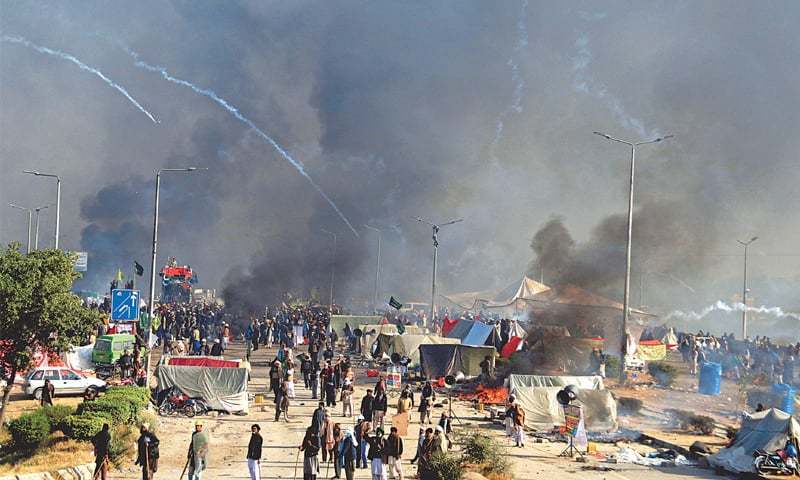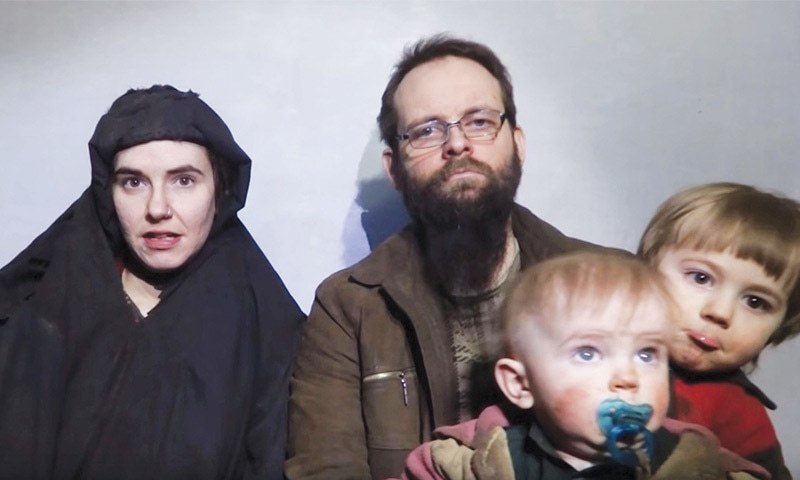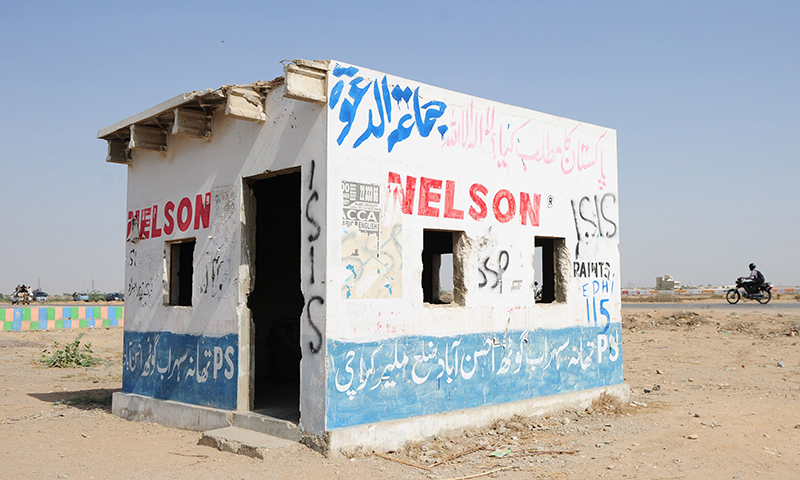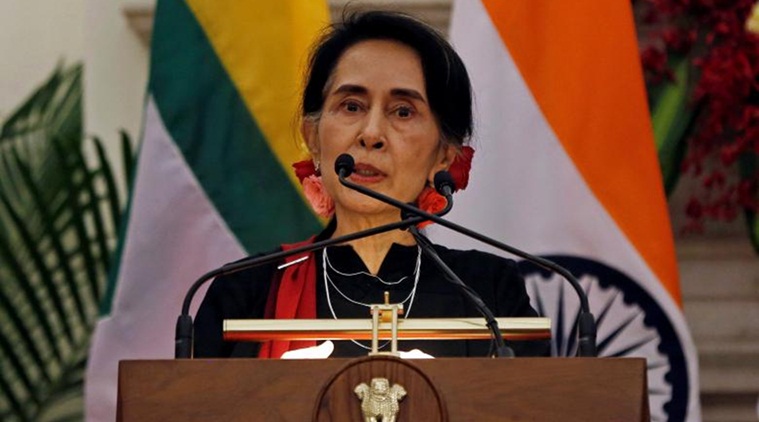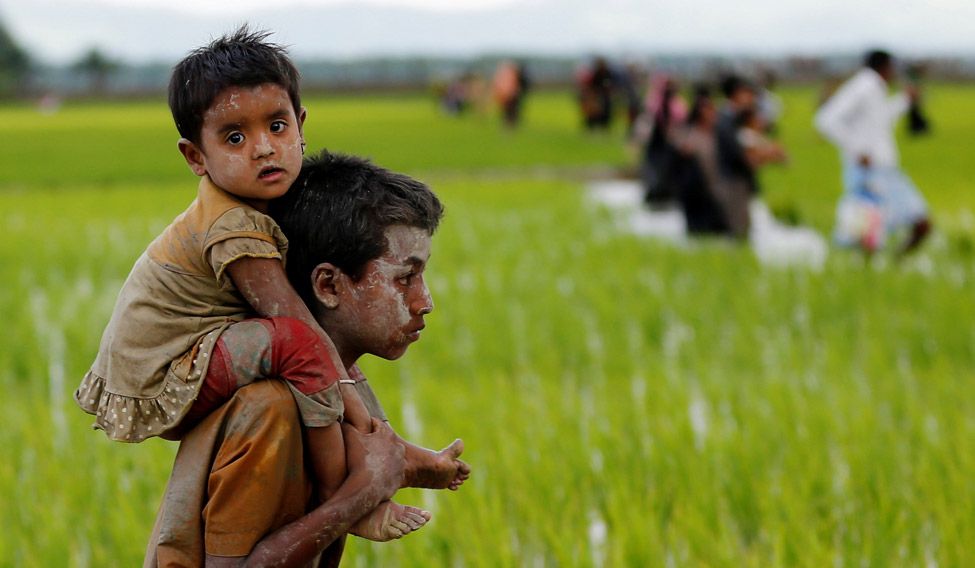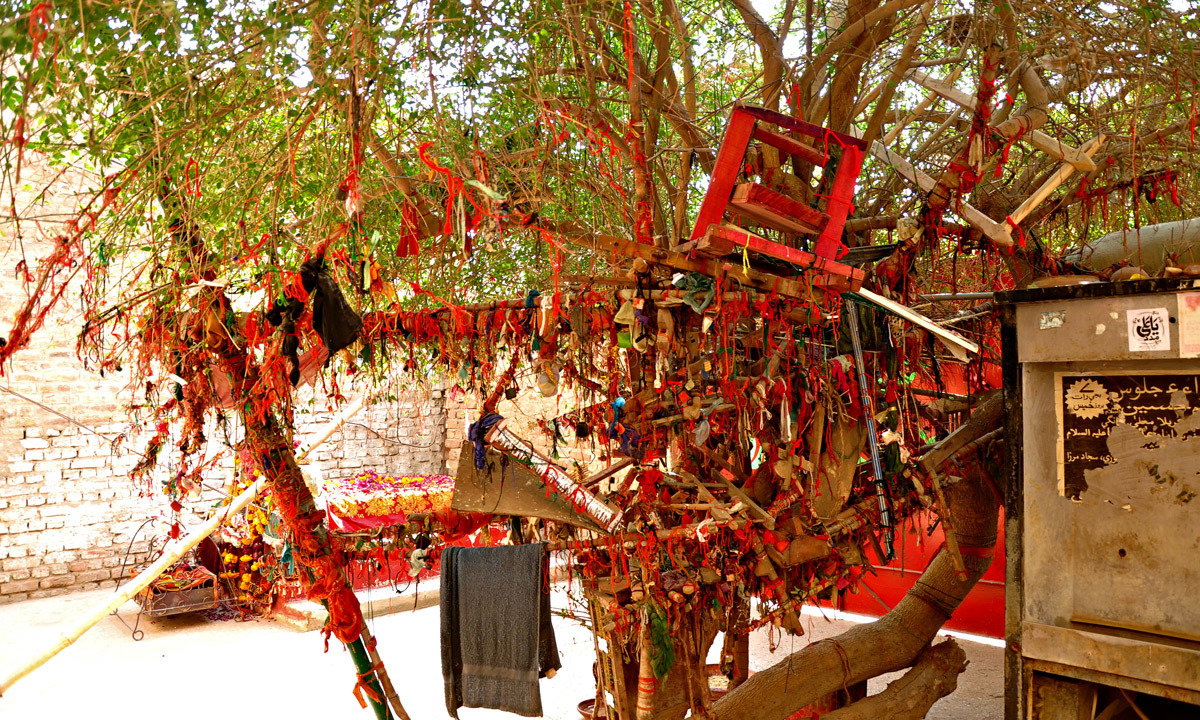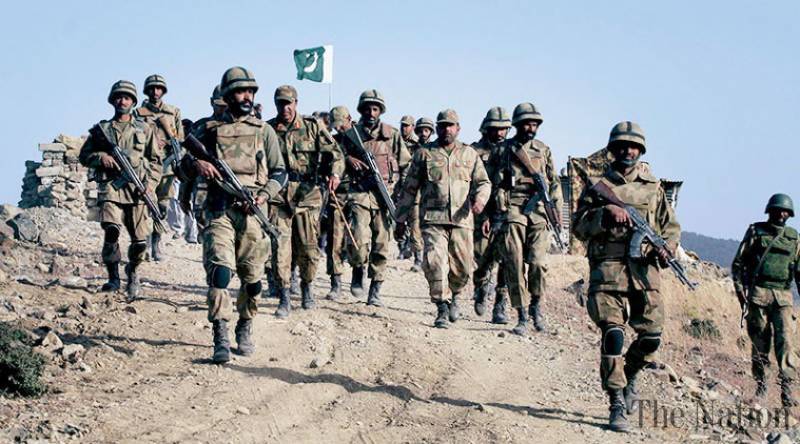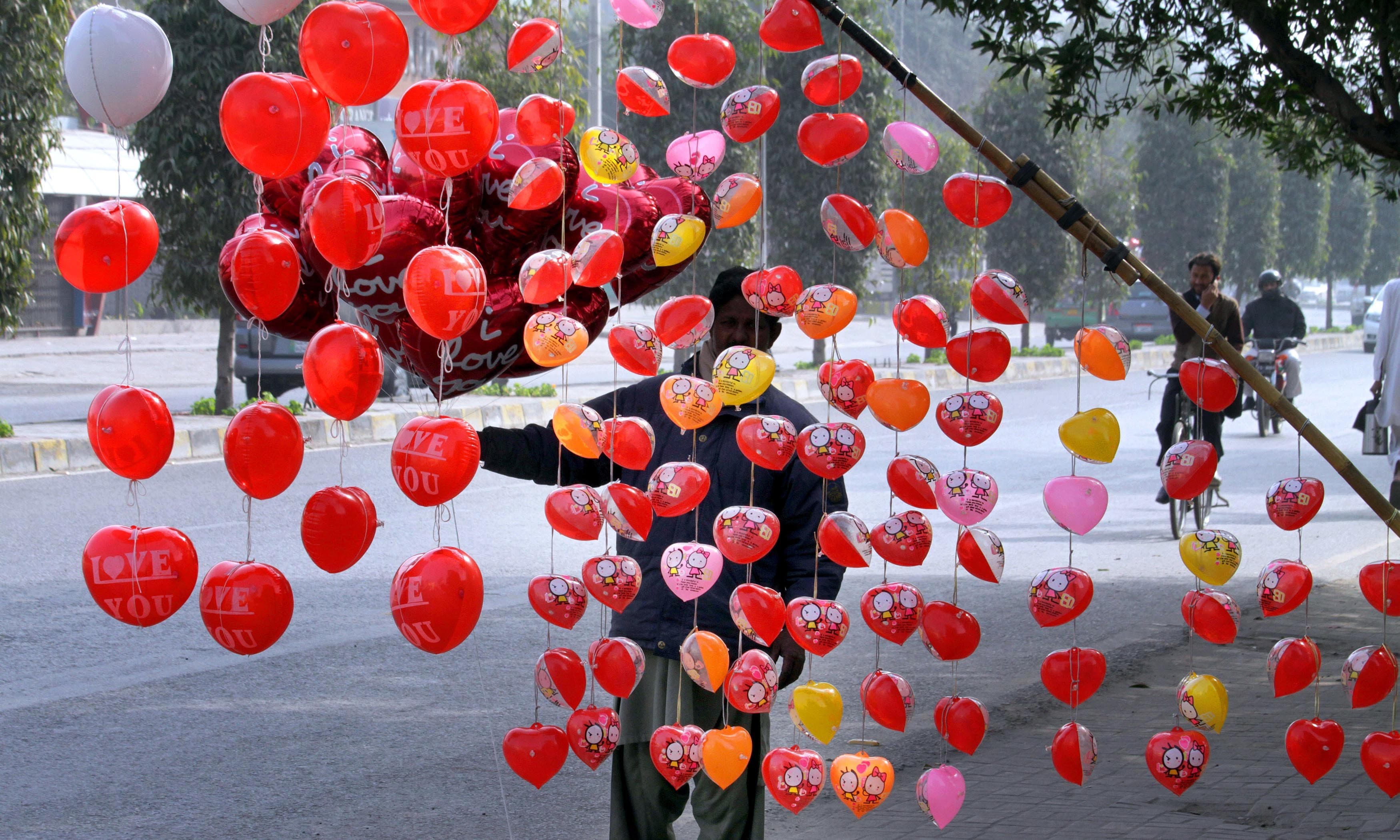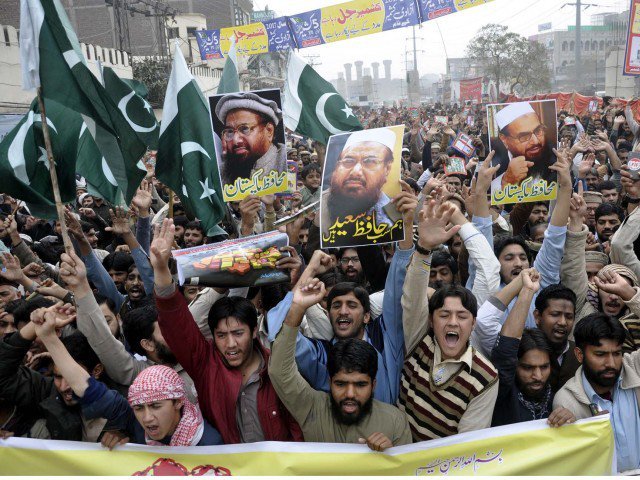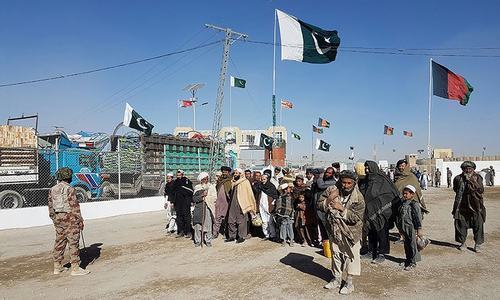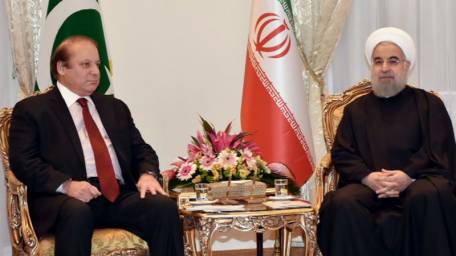CR Analysis
D. Suba Chandran
Professor
International Strategic and Security Studies Programme (ISSSP)
National Institute of Advanced Studies (NIAS), Bangalore
The last few months have been extremely violent for Afghanistan. A series of deadly attacks led by suicide bombers have been wrecking havoc not only in Kabul, but also in a few other provinces. Though the Taliban has been primarily blamed for the violence, there seems to another stream of violence – sectarian, targeting the Shia communities in Afghanistan.
Why is there a sudden spurt in violence against the Shias in Afghanistan? Who is behind these attacks? And what are the primary objectives of the perpetrators?
Afghanistan’s Deadly Winter
Though Afghanistan has been witnessing violence, despite the increase in Afghan troops and that of the American forces, violence has not come down. Since November 2017, there has been extra violence in Afghanistan. The data would suggest, though it was primarily centered in Kabul, other parts of Afghanistan also have been witnessing a bloodbath in the recent months.
Consider the following attacks in January 2018 alone. During the last week of month, on 28 January, the Taliban militants used an ambulance vehicle as a suicide weapon. They filled the vehicle with explosives and drove into a market in Kabul, killing close to 100 civilians and injuring as many. The target – the Chicken Street is known for selling rugs, carpets, antiques, precious stones and other Afghan souvenirs. During the third week, again in January, a group of Taliban fighters targeted the Inter-Continental Hotel in Kabul with grenades and other light weapons, killing more than 40 people.
2017 was deadlier. According to available data, there was a 50 percent increase in suicide attacks during the year compared to 2016. The increased violence in Afghanistan also corresponds with the American surge after Trump becoming the President and decided to expand the US footprints in Afghanistan. Towards the end of 2017, the US increased its air attacks and also ground operations.
Today, there is increased violence in Afghanistan, led by both sides – the State supported by the American troops and the Taliban.
Amidst the above violence, during February 2018, there was an announcement of a dialogue by the Afghan Taliban about ending the war through a dialogue, with a caveat that their attempt to find a constructive role in finding a solution through negotiation should not be taken considered as a sign of weakness from their side. For some reason, the dialogue offer was addressed at the Americans and not the government in Kabul.
Subsequently, the Afghan President also issued an unconditional offer to the Taliban to find a political way out. However, there have been no follow up; recent attacks only suggest, that the violence is continuing and the above two statements from the Taliban and the Afghan President have not started a process.
Will there be further heat in the summer?
The Sectarian Dimension of Afghan Violence
Amidst the above violence, an important dimension has gone unnoticed, or under-noticed – the sectarian. Since 2015-16, there is enough data to conclude that the sectarian violence against the Shia communities has been steadily increasing in Afghanistan.
Consider the following. In July 2016, suicide bombers targeted a rally of the Hazara Shias in Kabul, killing more than 80. In October 2016, militants in police uniform targeted a Shia mosque on he even of Ashura in Kabul, killing around 14 worshippers. During the following month in November 2016, a suicide bomber detonated explosives again in a Shia mosque, killing more than 30 worshippers. After a lull, during August 2017, suicide bombers attacked another Shia mosque, but this time in Heart, killing close to 30. During the same month, in August 2017, suicide bombers attacked another Shia mosque in Kabul, killing more than 20. The latest attack against the Shia worshippers took place during the last week (21 March 2018) in Kabul, killing more than 30.
Clearly, the intensity of sectarian violence is high, as could be seen from the high level of casualties. These are no ordinary attacks; most of them being suicide attacks – it highlights the plan that would have gone behind and the ferocity of the perpetrators against the hapless victims. Another critical dimension of the above attack – they are mostly in the capital of Afghanistan – Kabul, except the occasional ones in Heart in western Afghanistan.
Explaining the Who and Why: The ISIS
The target of sectarian violence is clear – the Shia communities of Afghanistan, especially, those in Kabul and Herat. But, who is behind these attacks? And why is there a sudden spurt in violence against the Shias in Afghanistan?
The answer for both the above questions is simple – the ISIS in Afghanistan. Referred initially as IS-Khorasan, the Islamic State in Afghanistan (hereafter referred as the ISIS) was a recent phenomenon. Certainly, post-2014-15.
So, where did the ISIS emerge from in Afghanistan? It appears, based on available literature, the ISIS in Afghanistan was not a result of any conscious decision by those ISIS cadres who were fighting in Syria and Iraq to move eastwards. A few Taliban commanders, who fell out of their leadership, decided to pledge allegiance to the ISIS in Syria. This is a classic case of a local group wanting to become a franchisee of an international militant group and establish itself in the immediate environment.
It is highly unlikely that the foreign fighters of the ISIS, who were fighting in Syria and Iraq decided to shift to Afghanistan and support the local franchisees. Also, there is no evidence to prove that these local groups went to Syria and fought along with their original. Why?
The answer seems to be simple. The ISIS fighters in Afghanistan are Afghans and mostly belonged to the Taliban. For some reasons, they fell out of their central command, and decide to establish a new identity.
The second question related to the ISIS in Afghanistan – is the change in targets. The primary target of the ISIS in Afghanistan is neither the State nor the American troops. The Shia communities and their mosques have become the primary target for the Afghan ISIS. The data explained in the above paragraphs will prove, how the Shia communities in Kabul and Herat have become the main targets. Why?
There could be three reasons. First, the ISIS in Afghanistan is looking for an easy target. Already, there is a turf war going between the ISIS and the Taliban. There have been numerous attacks in different parts of Afghanistan between the ISIS fighters and their former commanders – belonging to the Taliban. The State and the American troops have been coming down heavily on the ISIS in particular. Remember, the US dropping the “mother of all bombs” in April 2017? It targeted the ISIS hideouts in Nangarhar province. According to a New York Times report, each bomb weighed around 20,000 pounds with an estimated cost of 170,000 USD!
Perhaps, the ISIS in Afghanistan finds the Shia communities as an easy target, than fighting the State or the Taliban. Given the number of troops available and the Shia worship places, it may not be practical for the State to protect every place of Shia worship.
The second reason – could be explained by a larger regional trend in the Af-Pak. During the recent years, one could witness a similar trend in Pakistan as well; there have been a series of sectarian attacks led by the ISIS militants in Balochistan and Sindh. Outside the ISIS, there have been other sectarian attacks as well, especially in Quetta targeting the Hazaras.
Definitely, there is a regional sectarian upsurge in the Af-Pak region.
Finally, perhaps, the regional surge follows the global one, especially in West Asia – in Syria and Iraq. Perhaps, the political rivalry between Saudi Arabia and Iran is further fuelling the sectarian violence in the region.
So, is this sectarian violence - a new trend? Are there answers to it? Perhaps, there is – if one has to look at those regions - where there is no sectarian violence and try to learn from them. Certainly, India and its sub-regions, where there is no sectarian violence, despite the ideological differences – could be a starting point.
D. Suba Chandran is a Professor and Dean at the National Institute of Advanced Studies (NIAS), Bangalore. He manages a portal on Pakistan – www.pakistanreader.org. The above analysis was first published in the Rising Kashmir

